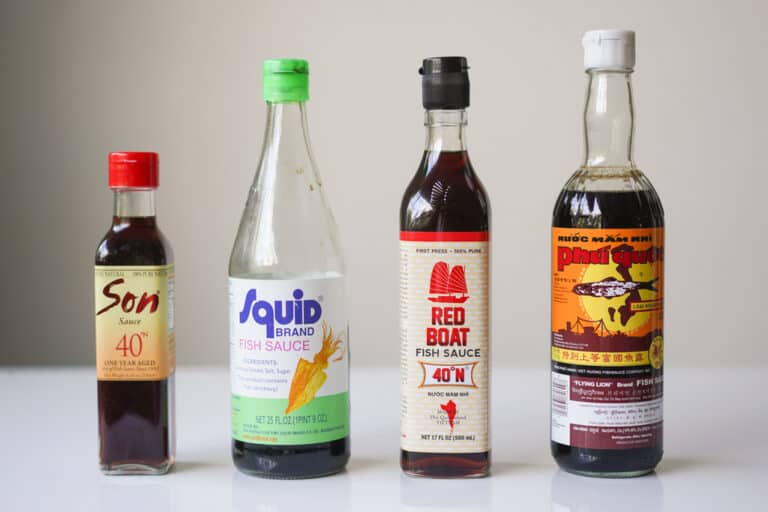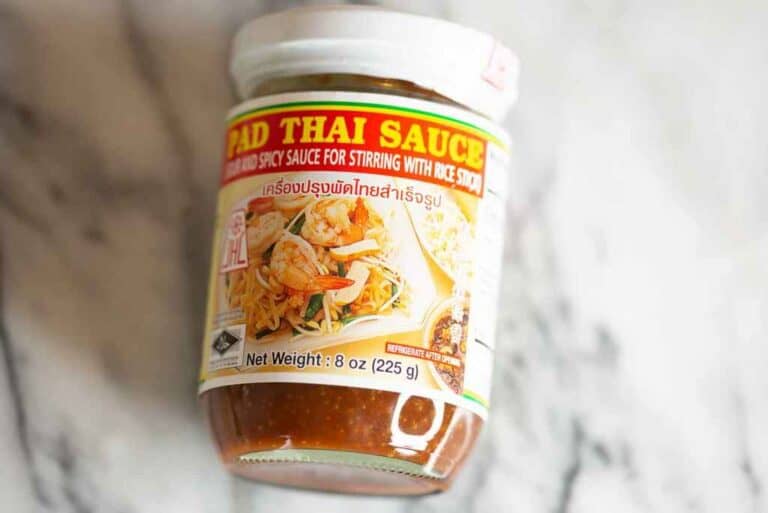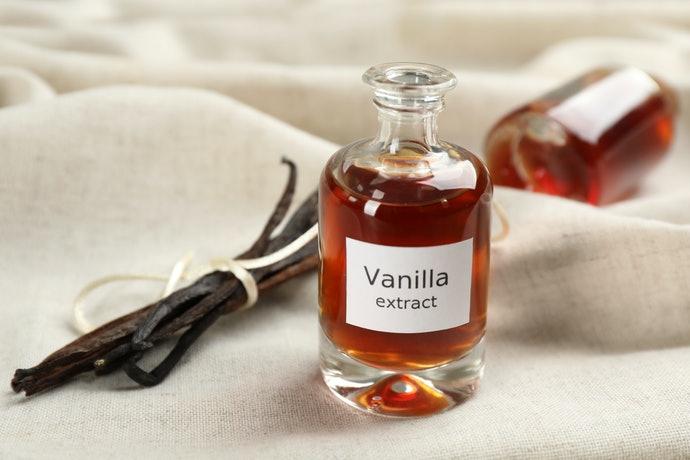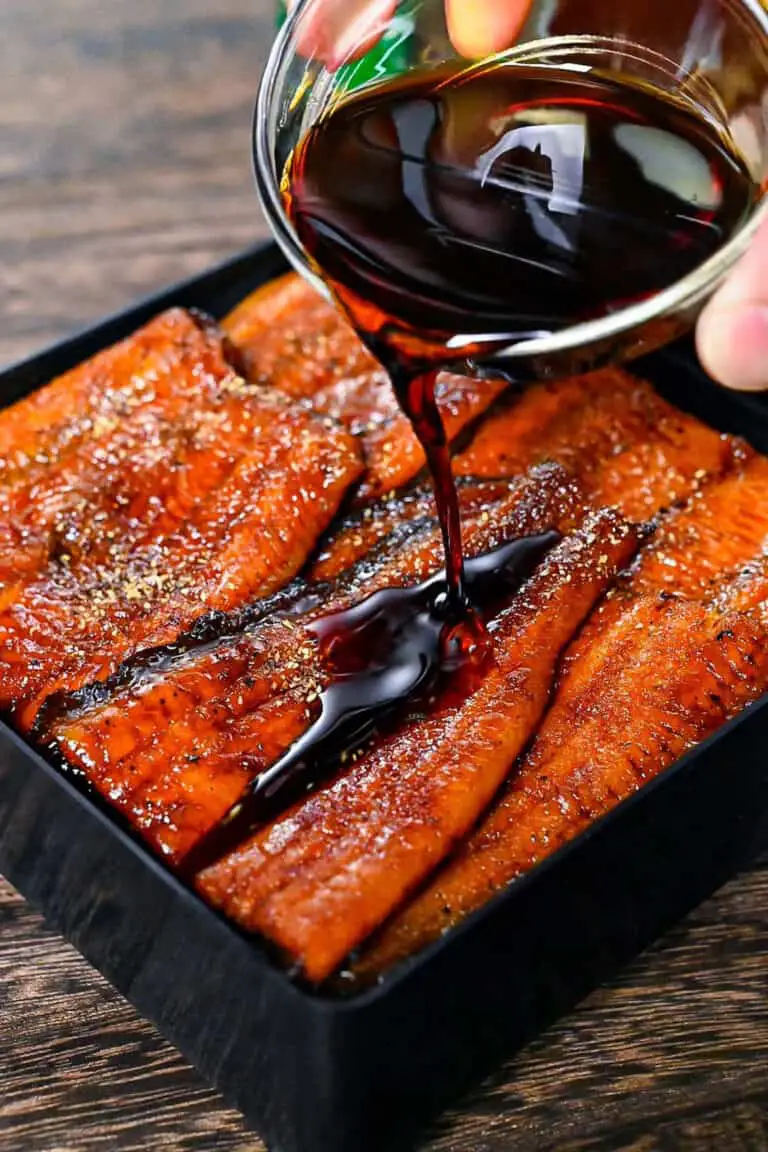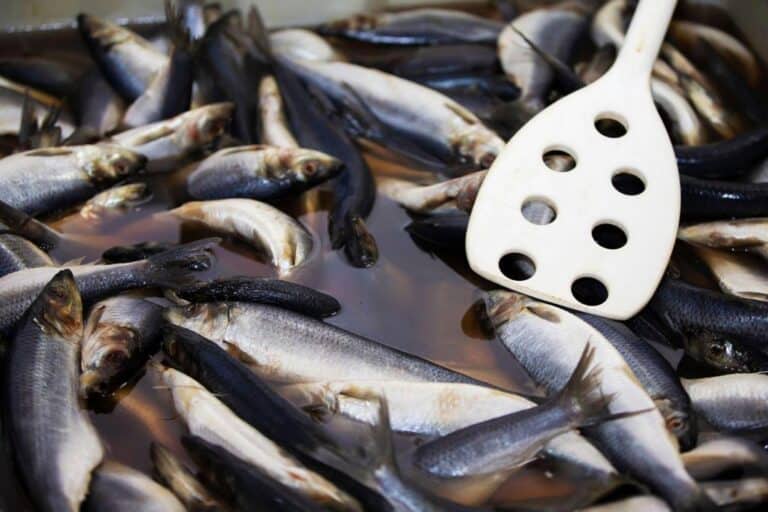How to Tell If a Puffball Mushroom Is Edible Or Has Gone Bad
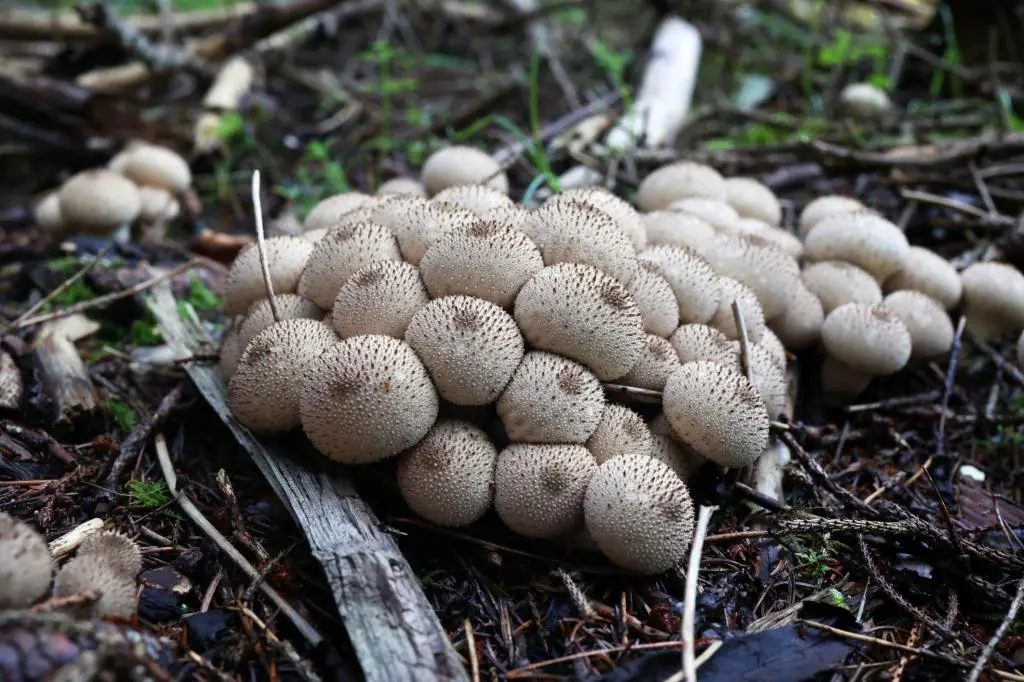
Puffball mushrooms are a great find for mushroom lovers and foragers alike because of their interesting shape and unique traits. They come in various sizes, from golf ball-sized to larger than a soccer ball, and can be found in woodlands, meadows, and even your own backyard.
Before enjoying the tasty taste of a puffball mushroom, it’s important to know which ones are safe to eat.
Here we will guide you through the process of identifying puffball mushrooms and provide advice on how to have a tasty and safe culinary journey.
Whether you are an experienced forager or new to wild mushrooms, join us as we explore puffballs’ fascinating world, uncovering their edibility and the signs that indicate their decline. It’s time to embark on an adventure where nature’s culinary mysteries are unveiled.
Characteristics of Edible Puffball Mushrooms
Edible puffball mushrooms belong to the genus Lycoperdon and are known for their delectable flavor and tender texture. They are usually white or pale in color, resembling a firm ball. Here are some key characteristics to look for when identifying an edible puffball mushroom:
| Characteristic | Description |
| Shape and Size | Edible puffballs are typically spherical or pear-shaped and can vary in size, but they should be uniformly shaped without irregularities. |
| Exterior Texture | The outer skin, or peridium, should be smooth and relatively free of blemishes. Avoid puffballs with cracks, discoloration, or rough patches. |
| Flesh Consistency | Cut the puffball open to examine the interior. Edible puffballs have a pure white, uniform, and firm interior. They should not have a cap or gills, which are characteristic of other mushroom types. |
| Spore Color | When a puffball is mature, it will develop a spore mass inside. The spore color of edible puffballs is olive-brown to brown. Immature puffballs will have a white interior. |
| Odor | Edible puffballs emit a mild, earthy aroma. Avoid any that have a strong or foul odor, as this may indicate spoilage. |
| Location and Habitat | Edible puffballs are commonly found in grassy areas and woodlands. Avoid those growing near roadsides or in areas contaminated with pesticides or pollutants. |
How to Tell If a Puffball Mushroom Has Gone Bad
Knowing what to look for when identifying edible puffballs is only half the story. Equally important is recognizing the signs that a puffball mushroom has gone bad, become toxic, or passed its prime. Here are some indicators that should raise red flags:
1. Discolored or Spiky Exterior:
If the puffball mushroom has an exterior that appears discolored, is unusually spiky, or has irregular surface features, it’s best to steer clear. Such abnormalities can be a sign of decay or contamination.
2. Soft or Brown Interior:
When you cut open a puffball mushroom and find that the interior is soft, mushy, or brown, it’s a strong indication that it’s no longer suitable for consumption. Edible puffballs should have a crisp, white interior.
3. Foul Odor:
A puffball mushroom with a strong, unpleasant odor is a clear sign that it’s gone bad. Trust your sense of smell; if it doesn’t smell earthy, it’s best not to eat it.
4. Insect Infestations:
Inspect the exterior and interior of the puffball for signs of insect infestations, such as tunnels or exit holes created by insects. If you find any, discard the mushroom.
5. Spore Color:
Immature puffballs have white spore masses, which are not suitable for consumption. Edible puffballs will have matured spore masses with an olive-brown to brown color. If it’s white inside, it’s not ready to eat.
6. Location and Environment:
Consider the location and environment where you found the puffball. Avoid those growing near roadsides or in areas where pesticides or pollutants may have contaminated the soil. If in doubt, it’s best to err on the side of caution.
After learning what to look for in edible puffball mushrooms and how to tell when they are going bad, you are ready to start your cooking adventure. Remember that proper identification is crucial for a safe and enjoyable foraging experience. When in doubt, consult a knowledgeable mycologist or mushroom expert to ensure your safety.
Read: Mushrooms with Cobweb Mold: Is It Safe to Eat?
Safety Tips for Foraging Puffball Mushrooms
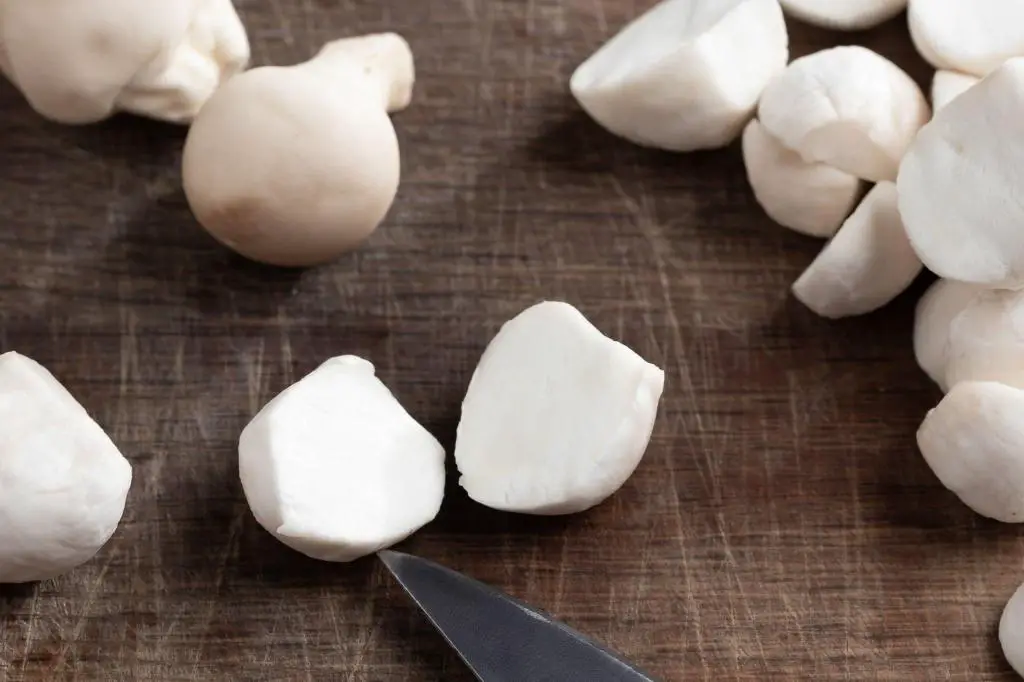
It can be fun and rewarding to look for wild mushrooms, like puffballs, but it is important to follow safety rules to avoid getting hurt. Here are some safety tips to keep in mind:
1. Know Your Mushrooms:
Before you head out to forage for puffball mushrooms, make sure you’re well-versed in identifying the edible mushrooms species. Consider joining a local mycological group or consulting field guides to improve your knowledge.
2. Start Small:
If you are new to puffball foraging, start with small amounts and only consume a small portion at first to avoid any negative reactions.
3. Use a Knife:
When harvesting puffballs, use a knife to cut them at ground level, leaving the mycelium intact. This ensures the sustainability of the puffball population.
4. Carry a Field Guide:
A field guide specific to your region can be an invaluable resource. It can provide detailed information on the local puffball species and help you make accurate identifications.
5. Mature vs. Immature Puffballs:
Only harvest puffballs when they are mature and have reached the stage where the interior spore mass is brown. Immature puffballs with white interiors are not suitable for consumption.
6. Cook Thoroughly:
Always cook puffball mushrooms before eating them. Cooking not only enhances their flavor but also ensures that any potential parasites or toxins are rendered harmless.
7. Consult Experts:
If you’re not sure what kind of mushroom you found, ask a mushroom expert for help. Safety should always be your top priority.
8. Avoid Polluted Areas:
Stay away from puffballs near roads, factories, and other pesticide- or pollution-contaminated areas. These safety tips and puffball mushroom knowledge can make foraging fun and safe.
Culinary Uses and Recipes for Puffball Mushrooms
It is fun to look for puffball mushrooms, and they are also great to cook with because they have a unique flavor and texture that makes many dishes better. Let us discover puffball mushrooms’ many culinary uses in traditional and modern recipes.
Popular Culinary Applications of Puffball Mushrooms:
Puffballs are renowned for their mild, earthy flavor and a texture that can be likened to tofu or marshmallow when cooked. Their versatility makes them an ideal ingredient in a wide range of dishes. Here are some popular culinary applications:
- Sautéed or Pan-Fried: Puffballs can be sliced and sautéed in butter or oil, seasoned with herbs, and served as a side dish or as a topping for pasta or rice.
- Breaded and Fried: Similar to frying other mushrooms, you can coat puffball slices in breadcrumbs or batter and deep-fry them for a crispy and flavorful treat.
- Stuffed Puffballs: Hollowed puffball caps can be stuffed with a mixture of ingredients like cheese, herbs, and vegetables, then baked until golden and bubbly.
Traditional and Contemporary Recipes Featuring Puffballs:
From classic preparations to modern twists, puffball mushrooms can be incorporated into a variety of dishes. Here are a few recipe ideas to get your culinary creativity flowing:
- Puffball Parmesan: A puffball take on the classic eggplant Parmesan, with sliced and breaded puffball mushrooms layered with tomato sauce and cheese, then baked to perfection.
- Puffball Risotto: Add sliced puffballs to a creamy risotto for a delightful earthy flavor that pairs beautifully with Arborio rice and a touch of white wine.
- Grilled Puffball Steaks: Marinate thick puffball slices in your favorite marinade, then grill them for a smoky, savory dish reminiscent of grilled meats.
Tips for Preparing and Cooking Puffball Mushrooms
To make the most of puffball mushrooms in your culinary endeavors, here are some essential tips:
- Harvest Young and Fresh: Puffballs are at their best when they are young and firm. Look for pure white interiors and avoid any signs of spoilage.
- Clean Thoroughly: Brush off any dirt or debris on the surface, and slice or cube them as needed for your recipe.
- Prevent Bitterness: Some puffball varieties can become bitter as they mature. Always slice one open to check for a brown spore mass, which indicates maturity.
- Experiment with Flavors: Puffballs have a delicate flavor that can be enhanced with various herbs, spices, and seasonings. Don’t hesitate to experiment and find your favorite flavor combinations.
Whether you are an experienced cook or just starting to learn about puffball mushrooms, they can be used in a lot of different ways in the kitchen. You can turn your puffball finds into tasty dishes that will make your taste buds want more if you know how to do it right and are creative.
Conclusion
To safely enjoy the delicious world of puffball mushrooms, you need to know what to look for, be careful, and pay attention. You can confidently begin your culinary adventure by learning to find edible puffballs and practicing good foraging. Remember to always look for signs of maturity and freshness before eating any wild mushroom.
While some may shy away from wild mushrooms due to fear of toxic varieties, it is important to note that not all puffball mushrooms are created equal. You can try new foods without putting your health at risk, as long as you take the right precautions. You should carefully look at each mushroom’s physical features and get advice from reliable field guides or experienced foragers.
So go ahead and step into this delightful realm; just be sure to arm yourself with knowledge and proceed with caution. Exploring puffball mushrooms can be an exciting journey. You can savor them in a dish or appreciate their beauty in nature. You’ll make flavorful discoveries along the way.
FAQs on Puffball Mushroom Identification
How do you know if a puffball mushroom is poisonous?
To determine if a puffball mushroom is poisonous, look for signs such as discoloration, unusual texture, or a foul odor. Cut it open; if it has a cap with spores or shows signs of gills, it’s likely poisonous.
What are the different types of puffball mushrooms?
There are several types of puffball mushrooms, including the common puffball (Calvatia cyathiformis), giant puffball (Calvatia gigantea), and gem-studded puffball (Lycoperdon perlatum), each with distinct characteristics and habitats.
Can you eat puffball mushrooms raw?
Some people eat puffball mushrooms raw, but to avoid digestive problems, it is best to cook them all the way through. Raw mushrooms can be hard to digest and make your stomach upset.
How do you store puffball mushrooms to keep them fresh?
Store fresh puffball mushrooms in a paper bag in the refrigerator to maintain their freshness. Avoid washing them before storage, as excess moisture can accelerate spoilage.
Are puffball mushrooms easy to find in the wild?
You can find puffball mushrooms in the wild, usually in grassy areas, forests, and meadows in the late summer and early fall. However, their specific availability depends on various environmental factors and geographical locations.
Can you freeze puffball mushrooms?
Yes, you can freeze puffball mushrooms after cleaning and slicing them. It’s advisable to blanch them before freezing to preserve their texture and flavor. Properly stored, they can maintain their quality for several months.

